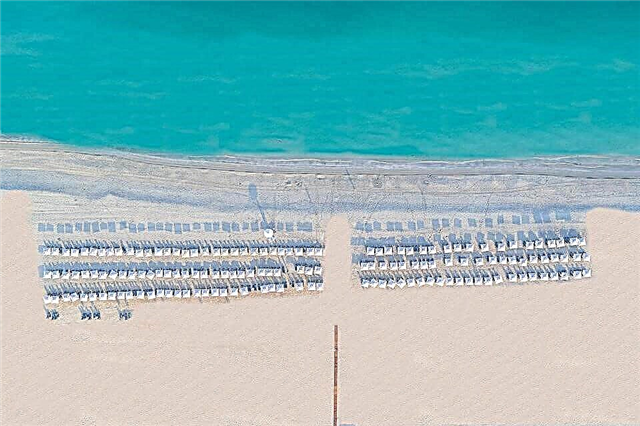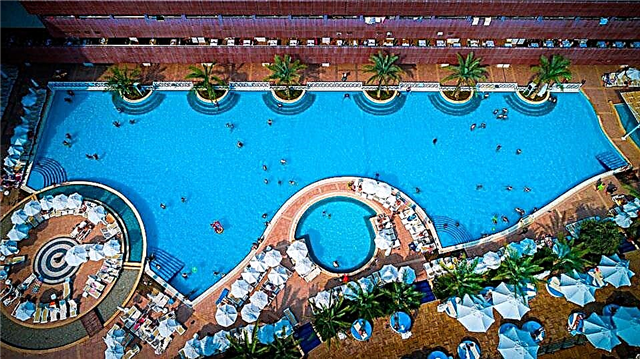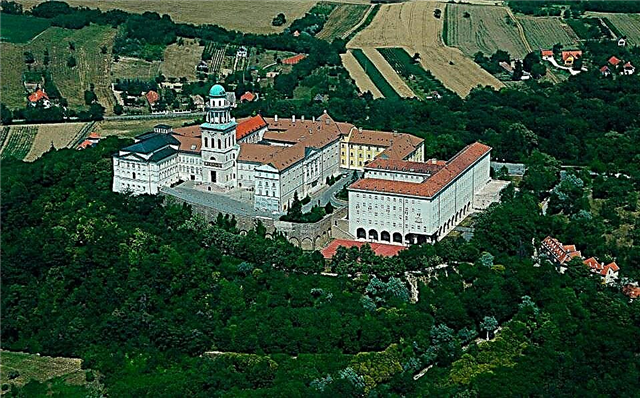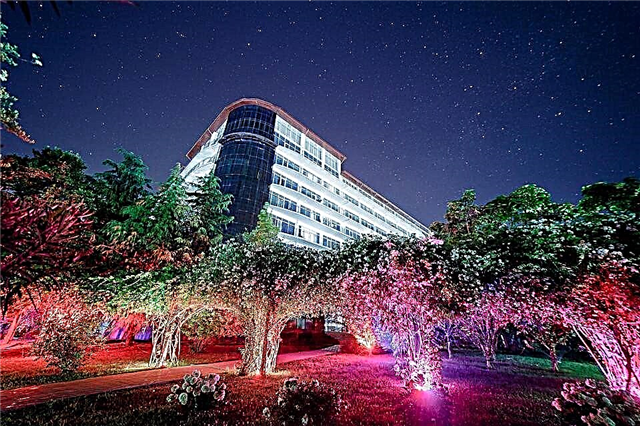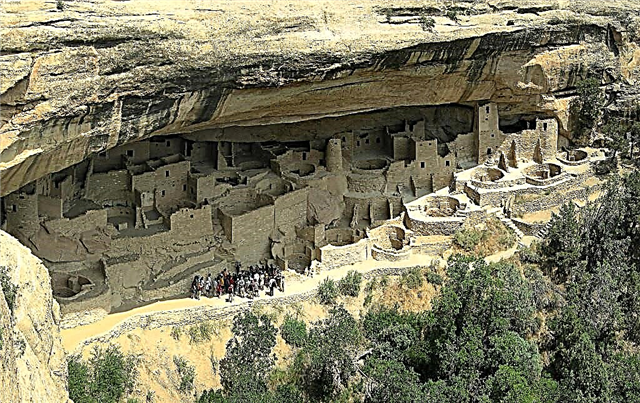At the top of a huge highland in the 18th century, the Spaniards, wandering across North America in search of an overland trade route, discovered a vast forest. Against the lifeless background of the mountain ranges, the abundant vegetation seemed a real miracle. They named this area "Massa Verde", which means "green table" or "green plateau".

History
The settlers from Europe began to populate the beautiful "oasis" only by the end of the 19th century. The local area was well suited for grazing, despite the abundance of canyons. This is what the cowboy Richard Weatherill did. On December 18, 1888, while searching for a lost cow, he came across an extraordinary sight. A real fortress with towers could be seen on the stones, because of the blizzard it seemed to float in the air. Struck by the picture he saw, the cowboy returned there after the bad weather. What he found there surprised even more.
A multi-storey stone building could be seen right in the rock. Many windows were black against the yellow walls. Nearby, in a huge niche, there were other buildings. To get to the unusual structures, Richard and his brothers had to build a staircase. Later, they explored the entire district for a whole year, and found about 180 more similar abandoned villages.

Weatherill and his brothers named the inhabitants of these buildings "Anasazi". In the language of the Navajo Indians who lived in the neighborhood, this word means "ancestors." Later it turned out that the Pueblo peoples became the descendants of these people: Hopi, Taos, Akoma, Zuni ... In their language, Anasazi means “enemy” or “conqueror”. Therefore, in our time, those ancient inhabitants of Mesa Verde are called "Ancient Pueblos", since, judging by the study of the settlements, they were extremely peaceful.

The rock dwellings of Mesa Verde
This was written in detail in the 1893 scientific work of the Swedish researcher of antiquity Gustav Nordenskjold "Rock dwellings of Mesa Verde". So the whole world learned about the abandoned cities located in the southeast of Colorado. But that also led to trouble. "Black archaeologists" looted most of the artifacts, destroyed several buildings. In 1906 the state took this historical monument under protection. Mesa Verde has now become a national park, where it is forbidden to change anything or carry out any work.
The first people in these places, according to researchers, appeared in the 5th century. They hunted, were engaged in gathering, dugouts covered with tree branches served as their dwellings. By the 7th century, they led an increasingly sedentary lifestyle, mastered agriculture, began to comprehend the basics of construction. Houses with a large number of rooms were built in natural rock niches. Such a dwelling hid them from bad weather. It is not so hot in summer, there is wind protection in winter. Small blocks of sandstone and wooden beams, they held together with clay, erected walls where possible, filling a niche. Many walls have plasterwork and ornamental decorations.

The heyday of this civilization is considered the period of 11-13 centuries. The population numbered about five thousand people. Beans, corn were grown on the plateau, nuts and berries were harvested. The hunters supplied their people with meat. The local forests were full of game, and in the depths of the canyon you can always find water. Only the way home was difficult, in our modern opinion.
Depressions in the rocks are located in rather hard-to-reach places. To get to them both from above and below, additional devices are needed. In addition to holes in the rock for hands and feet, the Indians weaved stairs from yucca, made tunnels in the stone.

Rock palace
All homework was done outside. The rooms are very small, although with an average height of people then 155cm, they are quite livable. Spacious halls for religious rituals called "kivas", warehouses, all of this make up the ancient cities of the ancestors of the pueblo.
The largest and most striking structure "Rocky Palace" has 150 rooms and 75 courtyards. "House with a balcony" also accommodated many residents, but at the same time it was also very difficult to access. To get to it, you need to overcome a ten-meter staircase, a narrow tunnel, and stone steps. Nowadays, not all of the local buildings are accessible for tourists due to the fact that it is very difficult to get to them, in some places it is even dangerous. Therefore, excursions to historical buildings are conducted by special rangers.

Observation decks for tourists
Basically, travelers admire the view of the ancient rock towns from the observation decks located opposite. A stunning landscape opens up from here. In the middle of the cliff, the old apartment buildings look like toys. It is striking that these buildings were erected by people who did not know metal, all their tools were wooden, bone, stone ...
Why they left these places, scientists do not know exactly. The generally accepted version is a drought that lasted more than twenty years, although some suggest that these tribes were attacked by invaders, although there is no exact evidence of this.
The park has been included in the UNESCO World Heritage List since 1978.

